Apley Hall
Apley Hall; that sleeping gothic pile on the banks of the river Severn is said to be the inspiration behind P.G.Wodehouse’s famous Blanding’s Castle.
Wodehouse stayed briefly at the hall, and its many gothic pinnacles, lancet-windows and castellations made it the ideal inspiration for his comic duo Jeeves and Wooster.
The History of Apley Hall
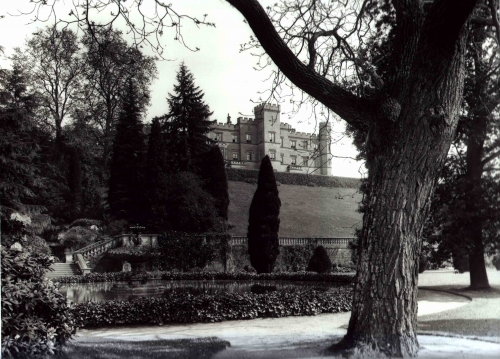
Evelyn Waugh once described Blanding’s as “…that original garden from which we are all exiled… All those who know them long to return”
Thomas Whitmore, whose family had held the estate since 1572, had the house remodelled to the gothik taste apparently in 1811.
Whitmore was an iron-founder and had prospered by producing cannon and arms for the navy during the Napoleonic wars. His foundry was up river at Coalbrookdale and his works down stream at fort Pendleston Bridgnorth so from the towers of Apley he could watch his cargo production-line as it progressed along the Severn towards its final destination in Bristol. At the time of its realisation Apley was the height of frolicsome regency taste and folly.
A cousin of Strawberry Hill gothick [yes with a “K”] romanticism; the architectural design is attributed to the Wyatt family and the fine Grinshall-stone ashlar-work porte-cochere and polygonal turrets the work of the Carline brothers, master masons of Shrewsbury. Records are scant in detail about the construction 0f the hall and at that time there was an embargo on building due to the threat of invasion from Napoleon’s Grande Armee so it’s perhaps not surprising to find that the house is suddenly owned up to post Trafalgar.
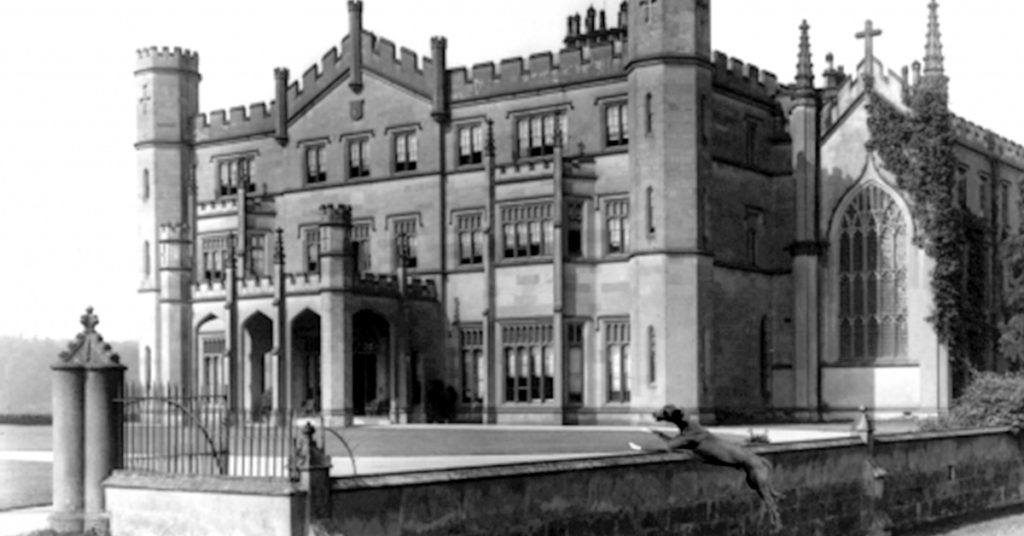
Apley Hall is set in magnificent parkland landscaped by William Webb of Armitage using an army of navvies who hitherto had been engaged in building Staffordshire’s canal network. They set about manipulating the rolling Shropshire hillsides to emulate a perfect English country landscape painting of the day. The effect is stunning; a study in harmony perspective and peace.
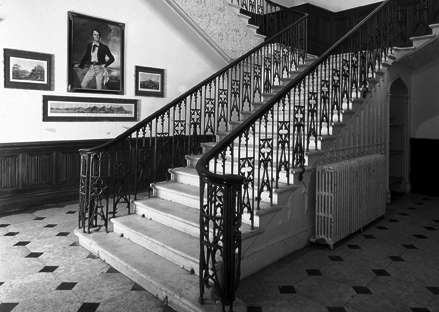
Evidence of the pre 1811 house still exists although cleverly disguised by a facade emulating a gothik chapel with ornate tracery no doubt intended to give a false impression of piety to the world (a more modest chapel was located by the library). The interiors of the folly are deceivingly domestic and secular. Georgian in style and proportion there is an ornate staircase with a shallow rise and four spindles per tread; rooms are adorned with earlier mouldings and cornices and it’s clear that the “faux chapel” was the original pre 1811 house.
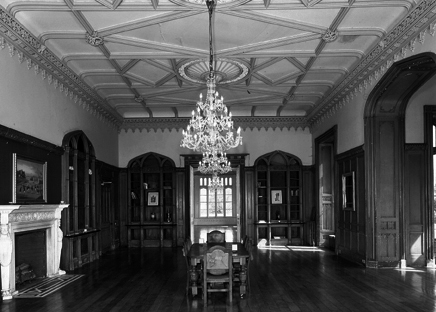
Far more ornate are the saloon-library and drawing- room to the main house with fine ogee-ribbed gothic vaults and plasterwork attributed to itinerant Italian artisans under the direction of Francesco Bernasconi. Heavily carved oak doors in the “Tudorbethan” style compliment the gothic masterpiece but the breathtaking aspect of Apley is the central alabaster staircase with cast iron gothic tracery a mastery of engineering of the time.
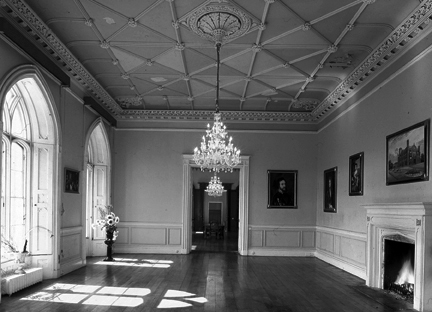
The house was sold for what is believed to be a record amount in 1867 to William Ormes Foster. The Foster family were also hugely successful iron founders in the black-country.
The most famous of the Foster family and one from which the fortune derived was Williams’s uncle James Foster, talented entrepreneur and Member of Parliament for Worcester. In the early 19th century Fosters Company was on the leading edge of technology; producing a wide range of products such as blast furnaces and rolling mill equipment, sugar mills for export to the colonies and steam locomotives; the most famous of which The ‘Stourbridge Lion’ became the first steam locomotive to run on a commercial railway in Pennsylvania. James Foster’s business empire was undoubtedly successful but expansionist plans led to fears of overtrading by the companies bankers, the bank requested him to reduce his overdraft- he is reputed to have settled his account in full by taking the money to the bank in small coins loaded into wheelbarrows and insisting it be counted in his presence in the banking hall.
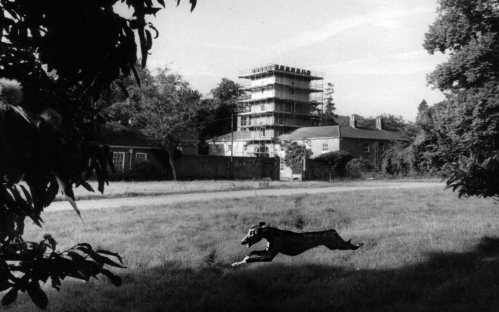
Inevitably as Victorians the Foster family felt the need to improve the house though it had been scarcely 60 years since its regency remodelling. Tastes had changed and the need for a more ornate garden and Orangery were sought and executed under a design by E. Milner noteworthy landscape architect of the day. It incorporated spectacular water features fountains grottoes and cascades gravity fed by a massive underground tank. In addition Foster’s lavish entertaining and socialising led to the need for a legion of servants and so service quarters were bolted on to the back of the house in barrack like fashion; façaded in roman-cement, ruled into faux block ashlar-work and castellated to continue the gothick theme but affording little daylight.
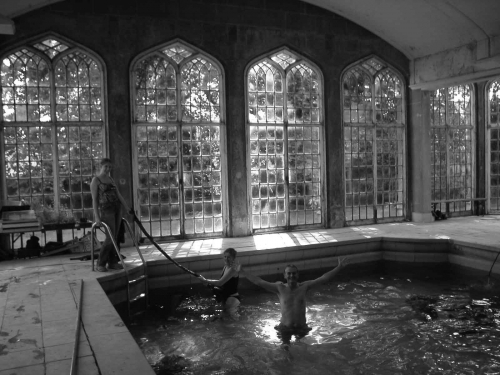
W.O. Foster was succeeded by Major A.W. Foster decorated hero of the Boer and First World War; he had lost his leg in battle. Major foster had a passion for life; entertaining dancing and exercise [not easy for a man with one leg] the hall was during his era host to grand balls and social occasions and during the inter-war period enjoyed something of a renaissance.
Predecessors would have been appalled to find the modest-chapel remodelled and adorned with rich Aubusson tapestries. Games and billiard rooms were constructed and the crenulated Orangery converted into a swimming pool designed by the architect A.W .Forsythe. Said to be the first private pool in the country, finished in sparkling green terrazzo the pool was witness to Clivdenesque frolics of chic society but more importantly was Major Foster’s daily source of exercise- Swimming.
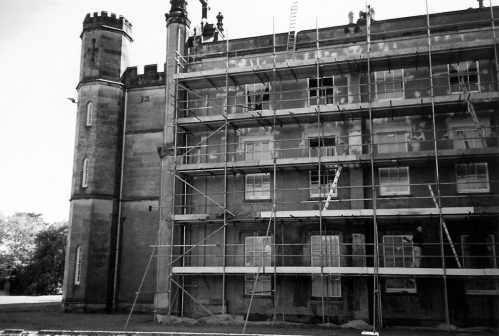
One famously eccentric character born at Apley was the 14th Baron Berners. Gerald Tyrwhitt. He was William Foster’s nephew and became a painter composer novelist, and a “very naughty boy” writing several autobiographical works including his memoirs of Apley as a child and teenager entitled “first childhood”. Prankster and extravert he took enormous pleasure in teasing his cantankerous Uncle William, dyed pigeons in vibrant colours using Indian-ink and at one point had a giraffe as a pet and tea companion. Apparently having heard that if you throw a dog into water it will learn how to swim, he once threw a dog from the window on the grounds that if one applies the same logic it should learn how to fly! Berners did not enjoy a particularly happy adult life but remembers being happy at Apley and the park as ‘an earthly paradise for children’.
After the Second World War Major Foster continued to live at Apley though in far less grandeur and with many of the staff gone; unmarried and accompanied towards the end by only his nurse and valet he passed away in 1960 and the house became vacant.
In 1962 none of Fosters successors felt any great inclination to live in the “Big Dark house” and so the building was leased to Shropshire Country Council as a boarding school. Many of the pupils enjoyed idyllic school years here to judge by their reminiscences. Canoeing on the Severn, abseiling from the battlements and some being chased off Apley park estate by gamekeepers; until 1987due to lack of funding the school closed down and fell empty.
The house remained empty and boarded up for almost 10 years and fell into decline- a haven for architectural thieves and lead-collectors. With its roof coverings stripped and guttering blocked those two demons of the underworld Dry-rot and Decay took their hold. Owners Apley Estates found themselves frustrated by the listed building constraints security problems and phenomenal costs of upkeep and the house was put on English heritages “buildings at risk” register as being in danger of ruin and loss. Eventually the estate sold the house and grounds to the Neil Avery group. With a crew of artisan conservators they began to take in hand the specialist repairs needed; cutting down and clearing overgrowth from the arboretum-gardens [which in 10 years of neglect had become impenetrable jungle] and making the building watertight. Fireplaces and other adornments which had been stolen and subsequently recovered by the police were now refitted in their original positions.
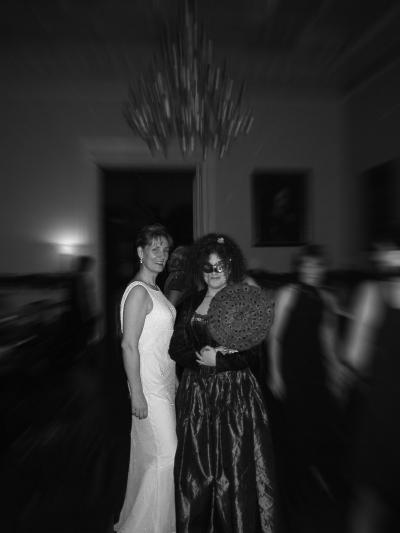
The house gradually blossomed into life again with great open log fires and sunlight once again streaming through the gothic tracery. During that era Neil Avery used the house as his residence Many magnificent masked charity balls were held at the hall for charity events and it was once again a family home.
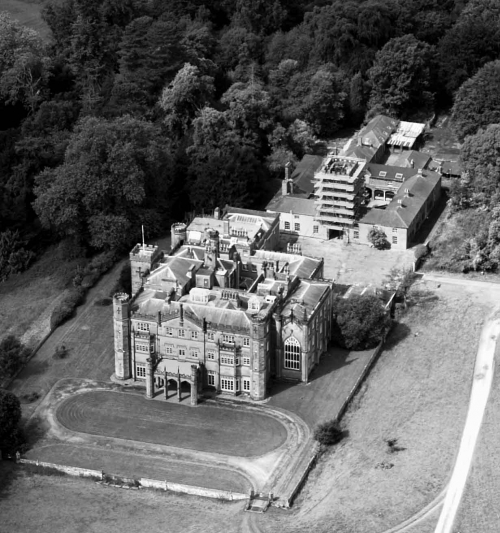
In order to secure the long-term future of the Hall Conservation architects Arrol and Snell were commissioned to produce designs for alternative uses for the Hall including Hotel Spa and Residential-subdivision tabled with the district planning department.
The main difficulty being posed by the labyrinthine 19th century service wings which gave the house a forbidding density; this precluded the use of the house as a modern private home both because of its size and lack of daylight so for that reason a bold scheme was conceived to reduce the meandering monolith to Wyatt’s original “U” shaped regency plan so that it could continue to be used exclusively as a family home.
This would have involved demolition of the servants’ hall and kitchens and the substitution of a crenulated gothic façade installed in keeping with the original. The scheme which attracted the attention of a famous modern composer would have included the use of the stable block as studios the cellars for sound recording and the house for entertaining and as a family home.
The decision was a difficult one from the point of view of the planners and their consultation bodies who serve to protect listed-buildings as the two main competing schemes both had advantages and drawbacks to them:-
The single dwelling scheme (which the Georgian society supported) involved demolition of the Victorian service block
The subdivision scheme (which the Victorian society supported) meant loss of the house as its original function and internal form. Eventually the council decided in 2001 after much anguish to pass the sub-division scheme.
The hall and stable-block have since been divided into residential apartments under the expert guidance of Mr Graham Moss; conservation architect who has been at great pains in his designs to minimise the impact of sub-division on the structure by respecting the original sequence of rooms and their function as far as possible and the house now has multiple owners.


